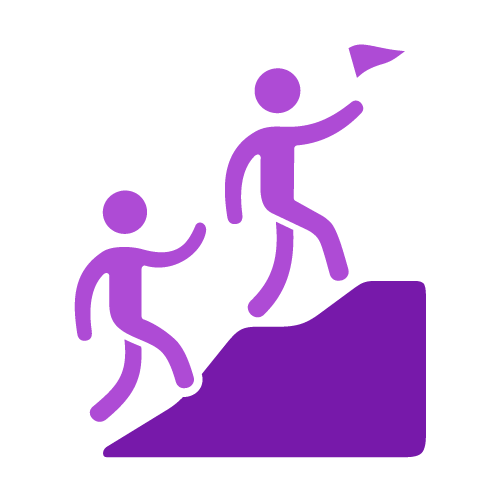Creating Activities that Help your Virtual Team Feel Like a Team
Because employees of a distributed workforce are in different locations, it is tougher for them to feel a part of the company and team. Feeling like a member of a strong team is critical to their overall motivation and drive behind company initiatives. Establishing or reinforcing the company culture when managing remote employees can be a challenge for even a seasoned manager, but a concentrated effort yields the reward of a cohesive team that knows they can rely on each other when circumstances call for it. Social engagements and team activities are key in this effort, but what activities can you design that build a strong virtual team? Know your Goals When you begin to design a team-building activity, try to build it around one (or more) of these important goals: It’s Virtual, so make it Virtual As these activities are about virtual teams, you will want to create activities that can be done in a virtual format. Some tips along those lines: Things to keep in Mind As you create these team activities, keep in mind that you are working to create a sense of team identity, so that your team members can feel proud to be part of something. That is a very human desire. After all, it’s why we buy logo wear for our favorite sports team, or sing the team fight song at a game. A sense of belonging to a strong team is a great motivator for team members to follow through on tasks while on the job. Make sure your team activity is one in which everyone has to participate, rather than one in which some can sit quietly while others dominate the conversation and/or tasks. Also, avoid activities that are likely to recreate that grade school sports team feeling – No one wants to be the last picked for the dodge ball team. In a remote work environment, the most outspoken members on conference calls are likely to be the most well-known (“popular”), but those who are shy at a meeting still can have plenty to offer their team. Setting up a situation that makes them feel like the unpopular kid is not likely to get them more engaged with the team. Keep the activity fun and light. Avoid things that tend to separate people, like politics or religion. Team activities that can carry over into the ongoing work environment can be especially impactful. Try to create activities that might be fun and light, but help change the way the team sets goals, or tackles problems, or thinks strategically. For example, there is a brainstorming technique where people physically wear different hats to take different sides of an issue (virtually, this can be done by team members creating labels representing each role to affix to their hats). One person plays devil’s advocate, one is the financial/cost watcher, one is the overly optimistic, etc. With each role defined by the label, people won’t get upset with the team member adopting that role during a meeting, because it is the role talking, not the individual. Roles are changed up each meeting or problem-solving session. This helps team members get better at looking at all sides in the future when they try to solve problems in their regular work. Finally, your team’s regularly scheduled conference call is an opportunity to have your team engage in a group activity, but you need to make sure that no one is waiting to rush out into the field, or “get to work” in some other way. You may find that a separate training session is a better time to engage in team-building activities, if the activity is time intensive. As your team gets a better understanding of each member’s strengths, through these types of activities, they will be much better able to work together to reach project goals and overcome obstacles, as they tackle their work in the field. Want to learn more about the best ways to manage your virtual team? Check out our our self-paced Remote Employee Management course. To upgrade your career skills, we offer a wide range of Professional Development courses.
Creating Activities that Help your Virtual Team Feel Like a Team Read Post »










